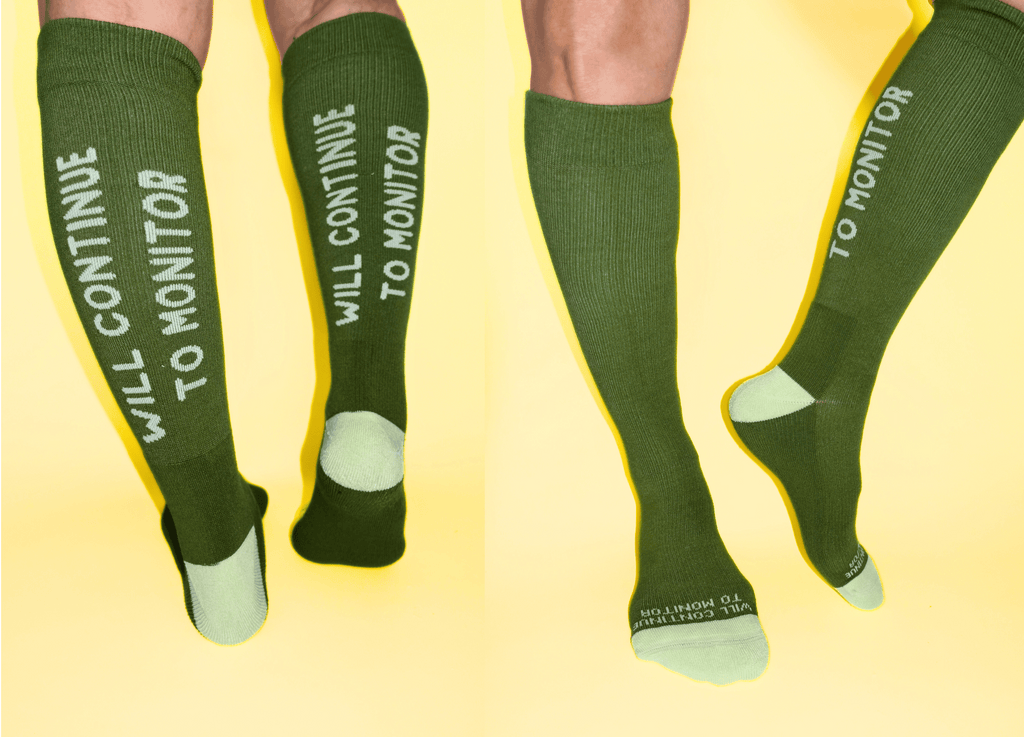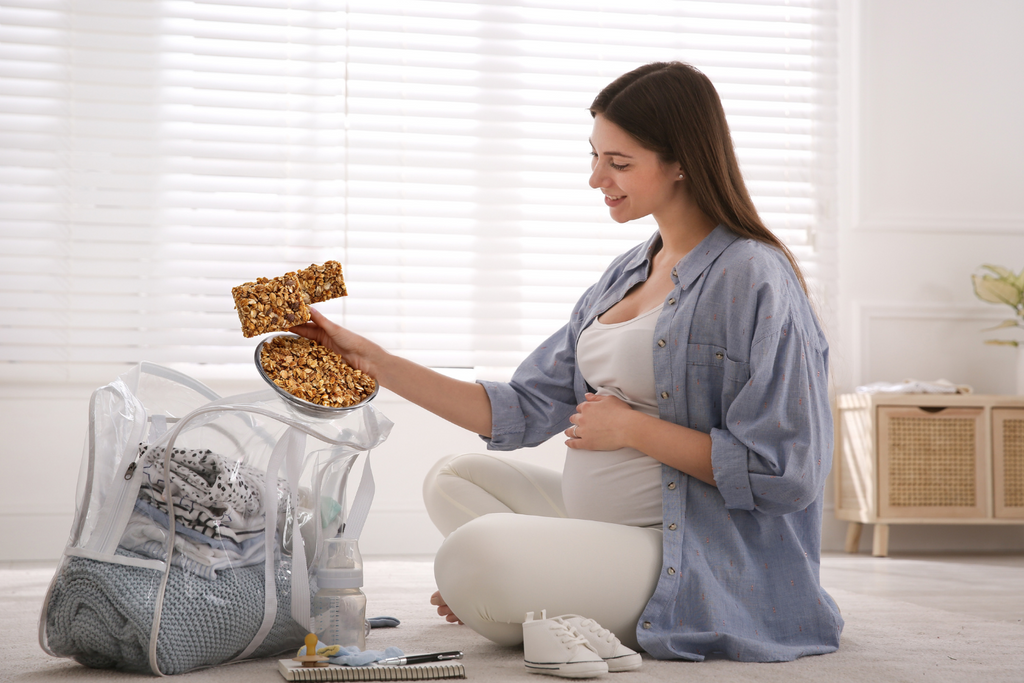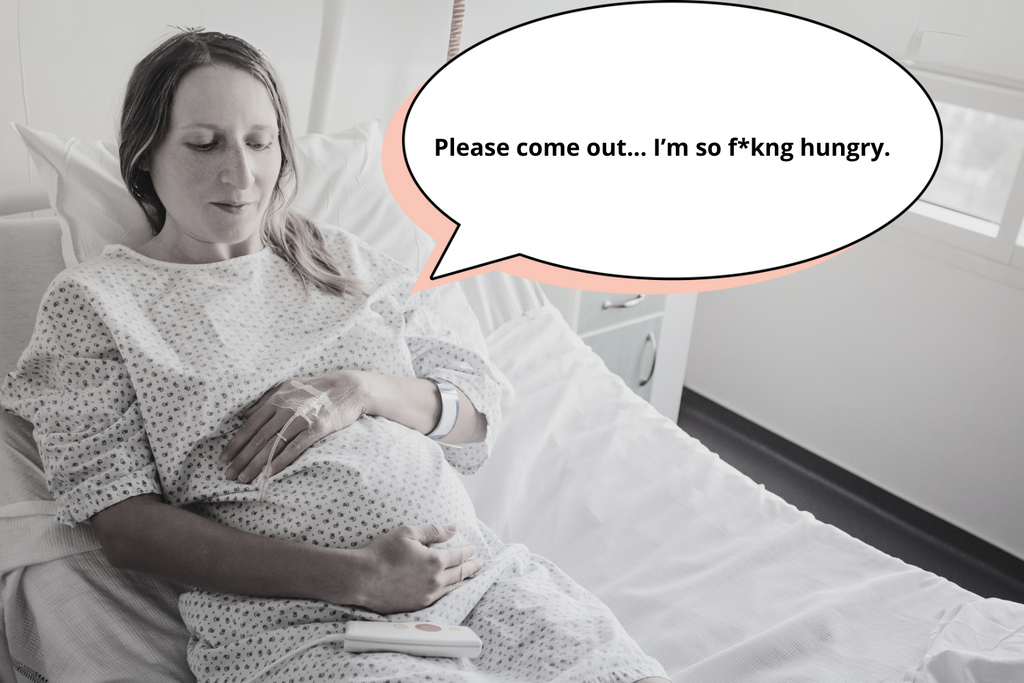Why Are Hospitals Cold on Purpose?

“Hey the ER is cold like literally all the time (and yes I know it's to keep the veggies cold) but come on does it really need to be 60° like seriously you could go into a hospital from the outside in the rain and it'll be colder than outside.”
Brr, you’re undressed in a cold hospital and put on an oversized hospital gown. You ask the nurse if the temperature can be turned up. Sadly, the answer is no, but they’ll give you some hospital socks and a warm blanket to make you feel better. If the room is too cold, chances are the entire hospital floor is also feeling the same. This is a common thing we see across most hospitals and emergency rooms. Even if the weather is hot outside, the hospitals are chilly. Lots of people complain and request hospital workers change the temperature, but it won't happen. Why are are hospitals cold? Well, there’s a few reasons for it actually…
Why Are Hospitals Cold All The Time? Here's Four Reasons Why
1. Bacteria's Worst Enemy
Hospitals are cold to prevent growth of bacteria from infecting patients. Similar to leftovers in a fridge, cool temperature slows bacterial growth. Ideally viruses won’t survive long in the cold compared to warm and moist environments.
2. Cool Workers, Effective Work:
Hospitals are cold to keep staff from overheating and keeps them awake. Hospital workers are running around, lifting patients, moving beds, and more. If you didn’t know, nurses have a lot on their plates! It’s exhausting, but cool temps help prevent heat exhaustion and extreme sweating in scrubs and scrub caps.
"Especially us in the housekeeping department, we have to run around scrubbing and cleaning everything and we're constantly dripping in sweat like literally dripping into my eyes where I can't see but we have to stay protected with all the PPE. It just makes our job a lot harder to do when it's not cold."
3. Bye-Bye Humidity
Hospitals are cold to avoid humidity. In a warm environment, condensation will start to appear on hospital equipment and walls. Overall, cooler temperature helps both the hospital and equipment operate better. This is especially important in lab environments.
“I work in a hospital lab and it's colder in there than the ER. We have to keep ours at optimal temp and humidity which means we wear actual hoodies and zip ups most of the time."
The Centers for Disease Control and Prevention recommends the following temperature ranges for healthcare facilities based on zone:
- Cool temperature standards (68 °F to 73 °F (20 °C to 23 °C)) are typically associated with operating rooms, endoscopy suites, and clean workrooms.
- Warmer temperatures (75° F (24° C)) are recommended in areas that require greater degrees of patient comfort. For example, warmer temperatures are usually preferred in hospital patient rooms and delivery rooms.
- A standard temperature range of 70 °F to 75 °F (21 °C to 24 °C) can be used in most other healthcare zones.
4. Better Cold Than Hot
Would you rather have a cold or warm hospital? It’s easier to warm patients up than cool them down. In the cold, patients can put on more layers, request blankets, and request socks. If you're a fall risk, you'll likely be given yellow hospital socks to be easily identified. There’s usually more of a solution to the cold vs the heat. Yes, you can request more than one warm blanket, but staff will appreciate it if you ask for more all at once instead of every 30 minutes!
“The best ER experience was at a children's ER as a teenager. I was SO cold and it was the middle of the night and I remember a nurse coming in with just a stack of warmed blankets. Bless her.”
While hospitals may be intentionally cold, your feet don't have to suffer. Imagine having a pair of socks that not only keep you warm but also bring a smile to your face. Introducing Dr. Socko's grip socks – a perfect blend of comfort, safety, and humor, plus your new best friends for staying cozy in the cold.
Check out the different hospital sock colors we offer in our collection. Slip into comfort and humor – because even in the cold hospital, your feet deserve a warm embrace!
Warm Blankets Do More Than Just Make You Feel Better
Warm blankets are an absolute game changer. Who knew something so simple could make you feel so good. The real question is where is the best place to buy one of those warming machines for the house?! They're really expensive actually. However these wonderful blankets are just to improve patient satisfaction in the hospital when it's cold. There are other reasons that have to deal with overall patient health, safety and state of mind.
"As a kid I was really sick and got badly dehydrated so I needed an IV in the hospital. The nurse was so nice and cheered me up and asked if I wanted a blanket because the IV was going to make me cold. I said no thank you. A few minutes later and she was right, I was very cold and she very kindly brought me a blanket."

In general, people's bodies experience big temperature differences based on what they're doing in the hospital. Getting an IV or a blood transfusion for example makes your body cold and you'll want a warm blanket.
Being warm before entering surgery might also be important because anesthesia can also affect your body temperature levels and worst case scenario, cause hypothermia or post surgery complications if precautions aren't taken.
Being in the hospital is also stressful and emotionally taxing. A warm blanket is also meant to comfort and calm people during scary and unpredictable times. We've also seen a lot of patients react very fondly to nurses who provide the warm blankets and are grateful for their thoughtfulness and concern. Other simple things like providing extra pillows, socks or pulling their curtain for privacy helps increase patient satisfaction.
Next time you’re in the hospital, remember, there’s a reason the temperature is the way it is! It isn’t broken :) And most likely the staff will not be able to change it, but you can request some socks and warm blankets!
Hospitals Are Cold, But You Can Warm Up with Dr. Socko Grip Socks
Our mission is to provide laughter and joy to people going through tough times. It's especially needed in a hospital. Often, patients receive hospital gifts like flowers, teddy bears or cards. We have heard several requests for changes in the traditional hospital grip sock, like making it fitted, removing the toe seam, creating better designs, and adding hospital sock colors. We've launched our own take on hospital grip socks based on this feedback and hope you love it as much as the traditional ones! Our hospital grip socks are for those who need a smile, in and out of the ER in any slippery situation.
Check out the different hospital sock colors we offer in our collection.




